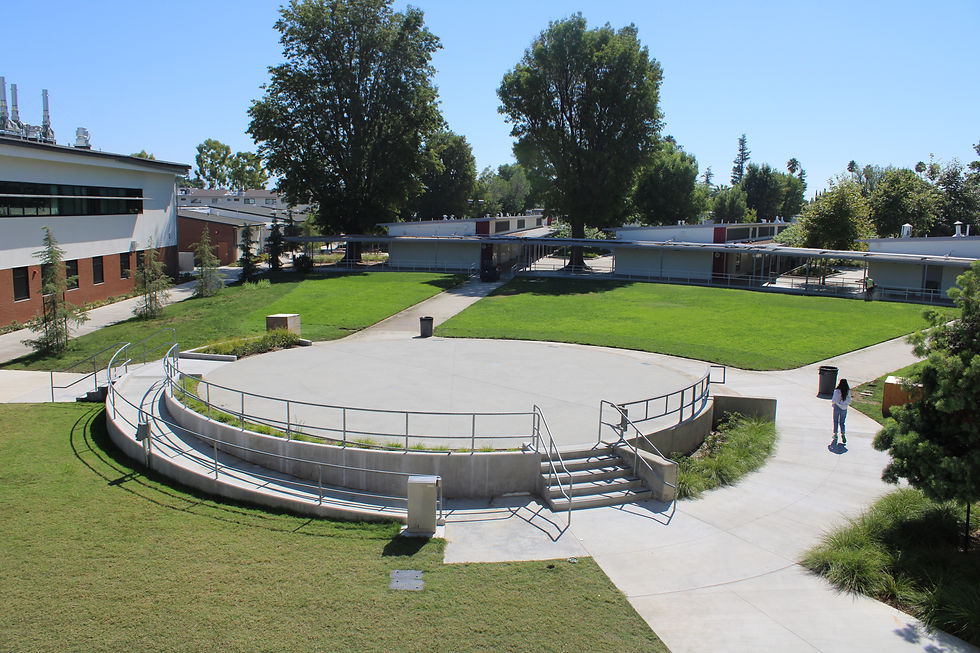"School Air"- The Phenomenon

By: Anya Vaiman 26' and Rowan Lee 27'
The SOCES campus has been recognized as an outstanding academic environment--but what about the school’s physical grounds? Teenagers, through social media, have created the term “school air,” which describes the school’s effects on physicality and well-being. This term was coined due to the idea of makeup, hair, and outfits being ruined by the long hours spent at school, which is relevant to the students of SOCES. Additionally, there have also been rumors of mold in the walls and floors of buildings, which brings to light many health concerns. If the SOCES environment is grimy and problematic for students; how are they expected to learn and grow?
Students spend over 7 hours in school each day, with whispers of an extra half hour being added for the upcoming year. With this much time spent on campus, the surrounding environment takes a toll on student appearance. The “school air” has been known to ruin makeup looks--smudging mascara and foundation. Students who come to school with clean and perfect hair, go home with a messier style. Sitting in classrooms has been known to negatively affect the clothes that students wear. Noa, a freshman, commented, “I always come to school with airbrushed makeup. I come home with a separated, terrible look. If I go out on the weekend and do the same makeup routine, it stays the same. School air is real!”
“School air” could be a combination of campus construction, which causes constant dirt and dust around the school, and supposed mold in the walls. The SOCES renovations have been consistent for over four years, reaching back to even pre-Covid. While there have been many beautiful changes around campus, such as the new science buildings and gym, have they been worth the trouble? Many students argue that school beautification does not warrant extreme amounts of dust and grime which can contribute to health issues. According to ScienceDirect, “Construction dust contributes a significant proportion of airborne particulate matter, affecting the health of its surrounding environment and population… (This) can cause multiple cardiovascular and respiratory diseases and cancer.” Not only could dust ruin student’s makeup, but it could also ruin their lives.
Construction is a well-known reason for “school air,” but what about an option that isn’t as highly discussed--the mold that preys upon students from the walls of classrooms. According to United States Environmental Protection Agency Indoor Environments Division, “Mold grows in schools when airborne mold spores land on a damp “food source” and begin digesting it in order to survive. The water required for mold growth can enter school buildings and portable classrooms through leaky roofs, pipes, windows, foundations, and other structural openings.” Due to the construction happening at SOCES, the mold would have many opportunities to set in and continuously grow. According to the State of Rhode Island Department of Health, “Exposure to a large number of mold spores may cause allergic symptoms such as watery eyes, runny nose, sneezing, itching, coughing, wheezing, difficulty breathing, headache, and fatigue.” The mold presents itself as a serious concern, but is it true? Many teachers, including Mr. Pak, believe it is. He said: “I heard that in the (science buildings) there’s mold growing because water’s leaking in from the flooding earlier. The teachers found mold in the walls.”

